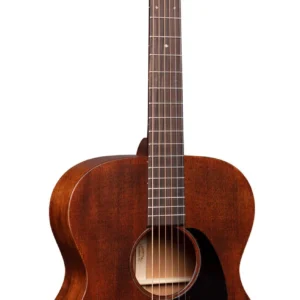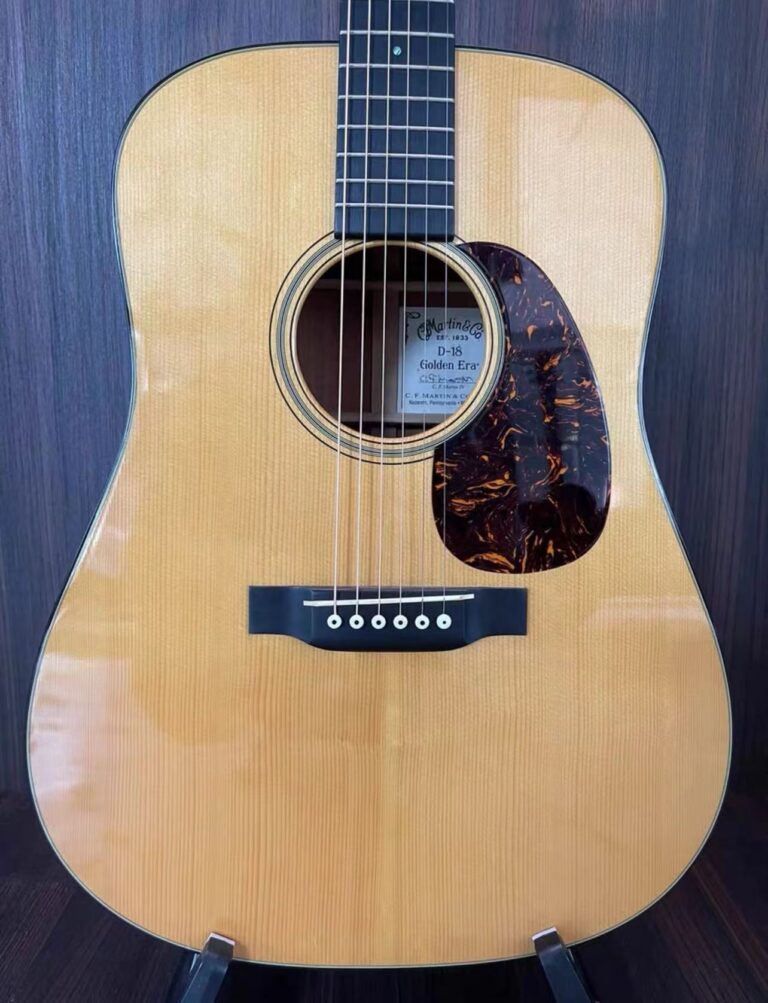SPECIFICATIONS – OVERVIEW
| BODY SIZE: | D-14 Fret | FINISH TOP: | Gloss |
| CONSTRUCTION: | Dovetail Neck Joint | BACK AND SIDE FINISH: | Gloss |
| BRACING PATTERN: | Forward-Shifted X-Brace | SCALE LENGTH: | 25.4" |
| BRACE SHAPE: | Scalloped | FINGERBOARD WIDTH AT NUT: | 1 3/4'' |
| TOP MATERIAL: | Sitka Spruce | NECK SHAPE: | Modified Low Oval |
| BACK MATERIAL: | Genuine Mahogany | NECK TAPER: | High-Performance Taper |
| SIDE MATERIAL: | Genuine Mahogany | ELECTRONICS: | Optional |
Product Display
Martin Brand Profile
Founded in the United States in 1833, a global acoustic musical instrument manufacturer. Musicians from all over the world love its guitar and strings. They specialize in the production of high-quality popular wooden guitar strings. C.F Martin & Co. Martin has more than 175 years of experience making instruments. It has continuously innovated and introduced technology and functions which have become industry standards.




















